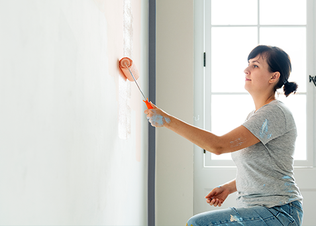
Investing in property through an SMSF
MFAA
For some years, self-managed super fund members have been able to invest in residential property, as long as they follow strict guidelines.
The first step is to have a discussion with an expert to determine whether investing through an SMSF is the most appropriate approach to property investment given your personal circumstances.
If you decide an SMSF is right for you, using the services of a specialist to set one up is recommended.
Another tip is to be aware that rolling over any existing super into a SMSF may take up to a month to process, so build in time for this to occur.
If you need a loan to buy the investment property, you will need to establish a bare trust as that is what the lender lends the money to. The purpose of this trust is to allow a limited recourse borrowing arrangement (LRBA) to occur.
This means, should you hit unexpected difficulties and be unable to make repayments, your lender can only access the assets that the loan is against.
One potential difficulty is that you have to have found the property you want to purchase to be able to establish the loan so it's a good idea to set a longer than normal finance approval period – for example, a minimum of 21 days.
What can you buy?
There are two main, and fairly simple, rules of borrowing to buy a residential investment property through SMSFs. Firstly, you and your relatives cannot live in the property and, secondly, you can maintain the property but you cannot improve it.
The maximum borrowing within an SMSF is normally 80% of the property value and it’s important to take into consideration that there is a cost to establishing and maintaining your SMSF, as well as subsequent fees and charges involved in the purchase of the investment property.




















